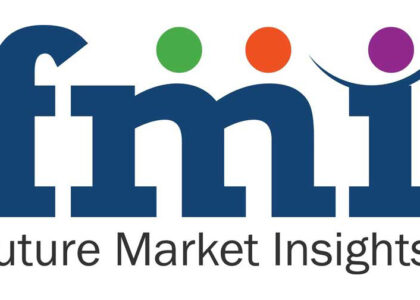The overall value of the global railway control stands market has been estimated at around US$ 1537.3 Million in 2023. It is expected to grow at a reasonable rate of 3.6% over the next ten years. Based on the railway control stands market report, the net worth of the total sales of railway control stands achieved in 2033 will be approximately US$ 2189.6 Million.
- By 2033, the global railway control stands market is expected to reach US$ 2189.6 Mn.
- During the period 2018-2022, the market experienced a CAGR of 1.9%.
- As for rail type, freight wagons have the highest market share, taking 6% of the market.
- According to regional forecasts, railway control stands are likely to capture 4% of the U.S. market.
Competitive Landscape for the Railway Control Stands Market
In developing nations, infrastructure improvements are occurring, and mining and industrial activities are growing, creating significant growth opportunities for emerging players in the global market. A few companies account for most of the market share such as CRCC, CRSC, and CREC. Some other prominent players are as follows
ABB, General Electric, Hitachi Ltd., Mitsubishi Electric Corporation, Alstom SA, Bombardier Inc., MEN Mikro Elektronik GmbH, Siemens AG, DEUTA-WERKE GmbH, EKE Group, Strukton Rail, Toshiba Corporation and Thales Group.
Railway Control Stands by Category
By Rail Type, the Railway Control Stands Market is Segmented as:
- Passenger Coaches
- Trams
- Locomotives
- Metros
- Freight Wagon
By System Type, the Railway Control Stands Market is Segmented as:
- Auxiliary Power
- HVAC
- Propulsion
- On-board Vehicle Control
- Train Information
- Train Safety
By Region, Railway Control Stands are Segmented as:
- North America
- Latin America
- Europe
- The Middle East and Africa
- East Asia
Author
Nikhil Kaitwade (Associate Vice President at Future Market Insights, Inc.) has over a decade of experience in market research and business consulting. He has successfully delivered 1500+ client assignments, predominantly in Automotive, Chemicals, Industrial Equipment, Oil & Gas, and Service industries.
About Future Market Insights (FMI)
Future Market Insights, Inc. (ESOMAR certified, recipient of the Stevie Award, and a member of the Greater New York Chamber of Commerce) offers profound insights into the driving factors that are boosting demand in the market. FMI stands as the leading global provider of market intelligence, advisory services, consulting, and events for the Packaging, Food and Beverage, Consumer, Technology, Healthcare, Industrial, and Chemicals markets. With a vast team of over 5000 analysts worldwide, FMI provides global, regional, and local expertise on diverse domains and industry trends across more than 110 countries.
Contact Us:
Future Market Insights Inc.
Christiana Corporate, 200 Continental Drive,
Suite 401, Newark, Delaware – 19713, USA
T: +1-845-579-5705
For Sales Enquiries: sales@futuremarketinsights.com
Website: https://www.futuremarketinsights.com
LinkedIn| Twitter| Blogs | YouTube

